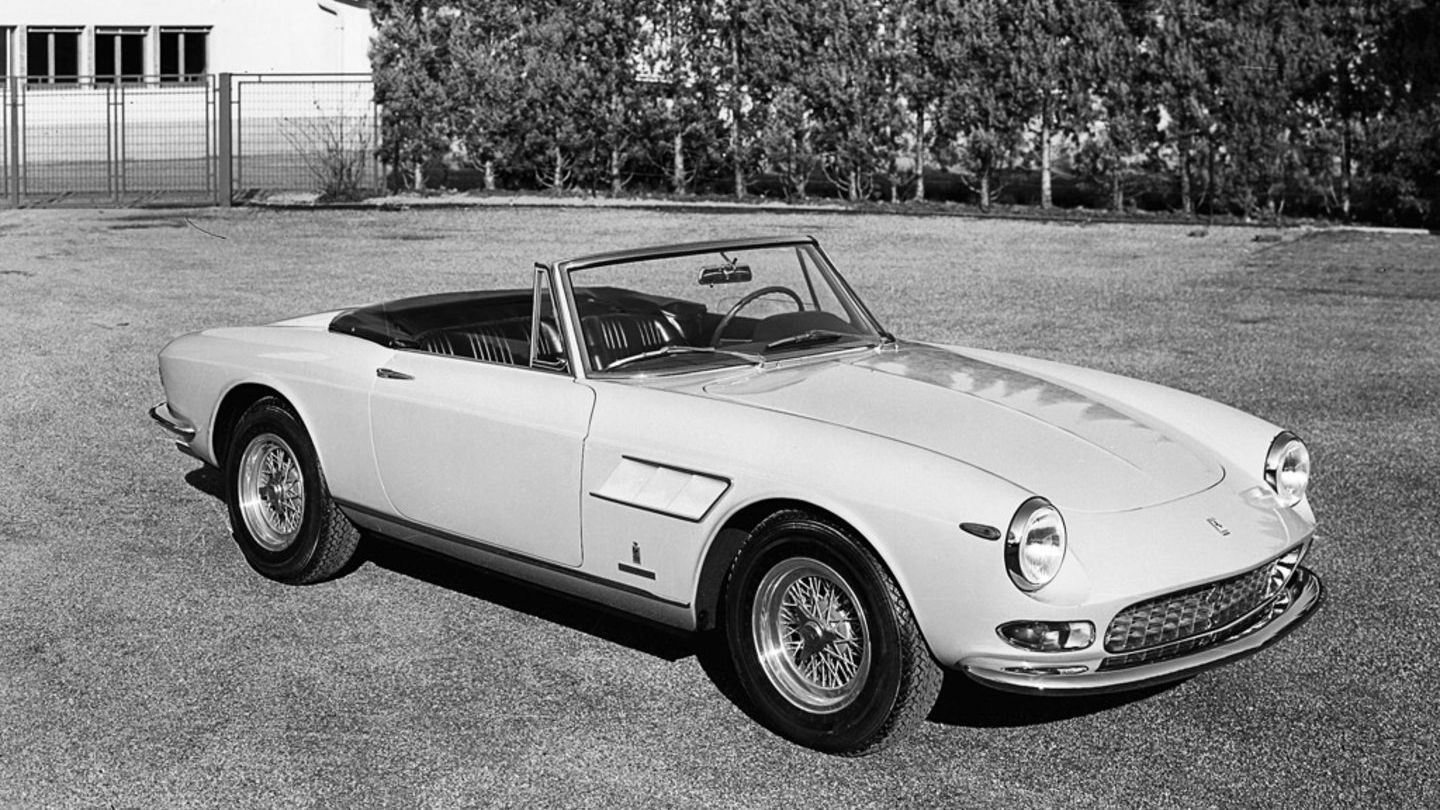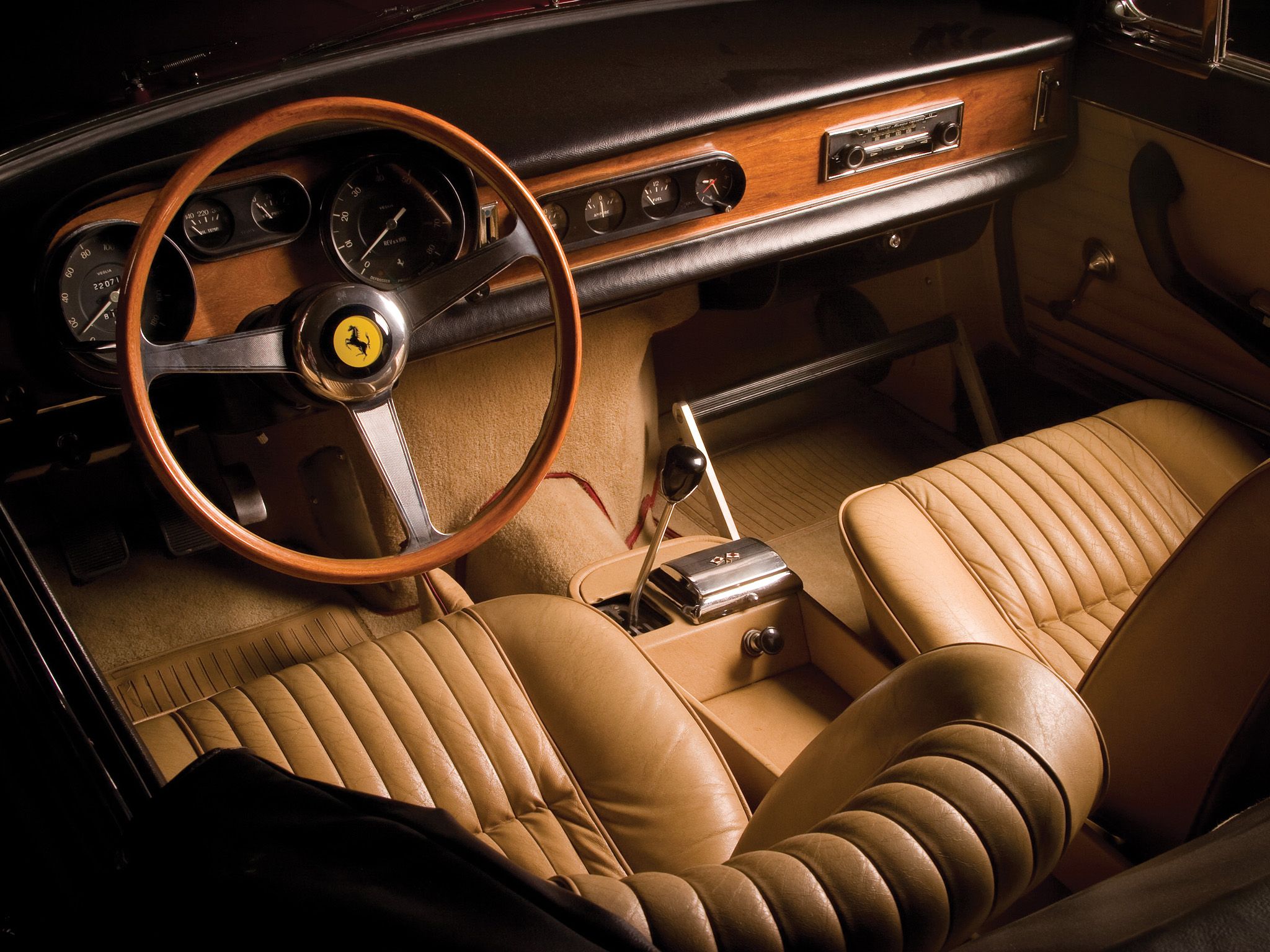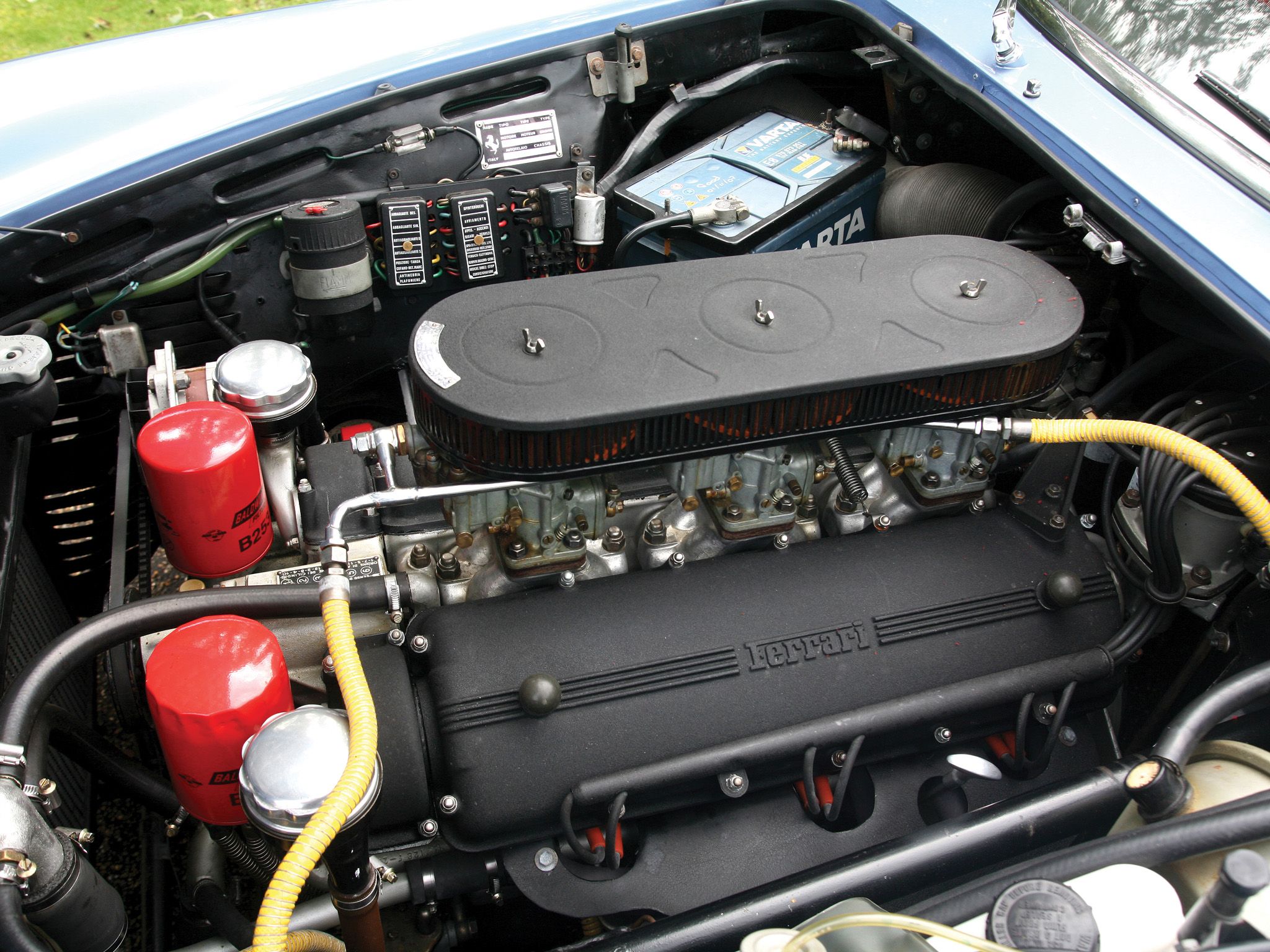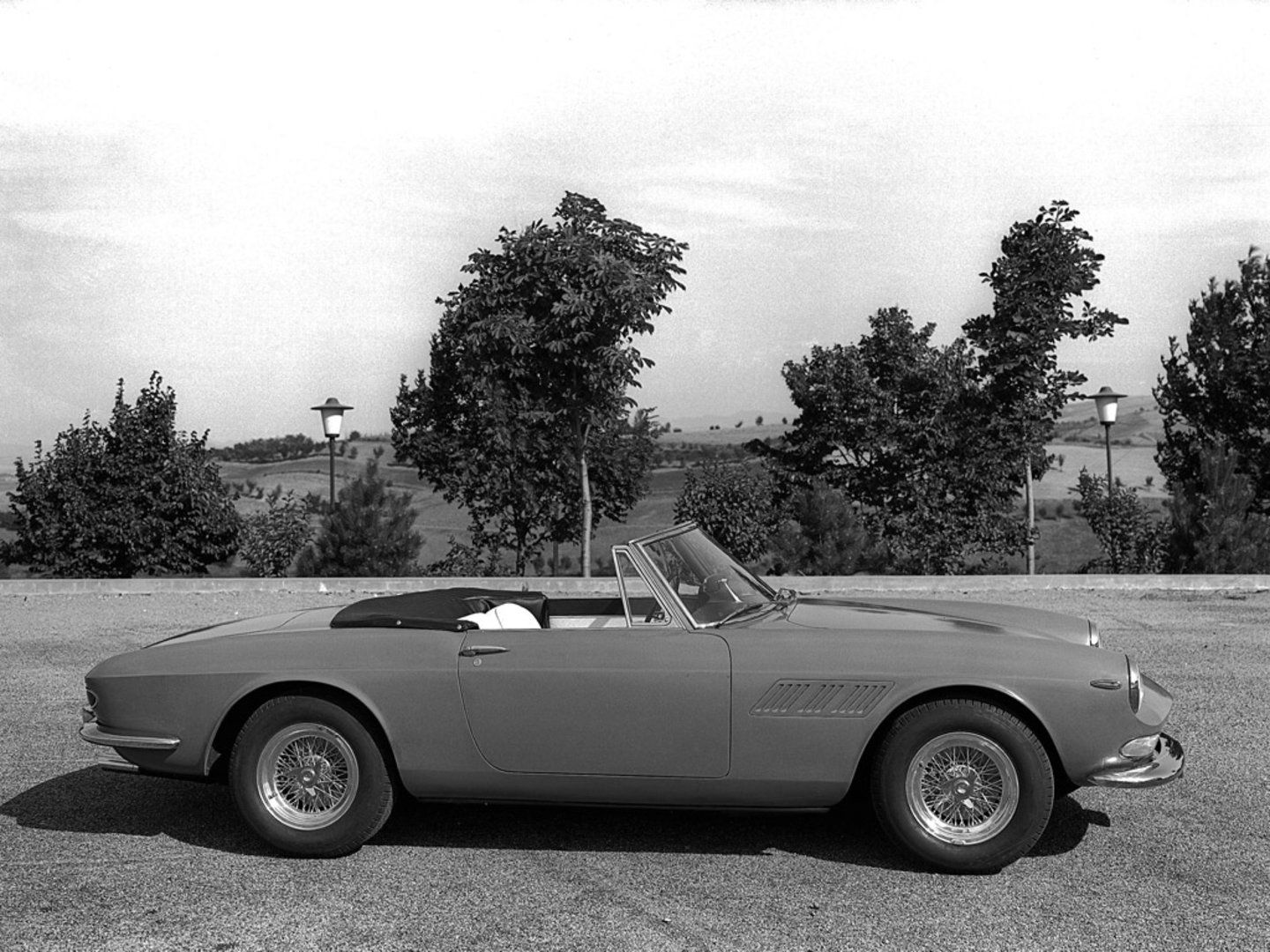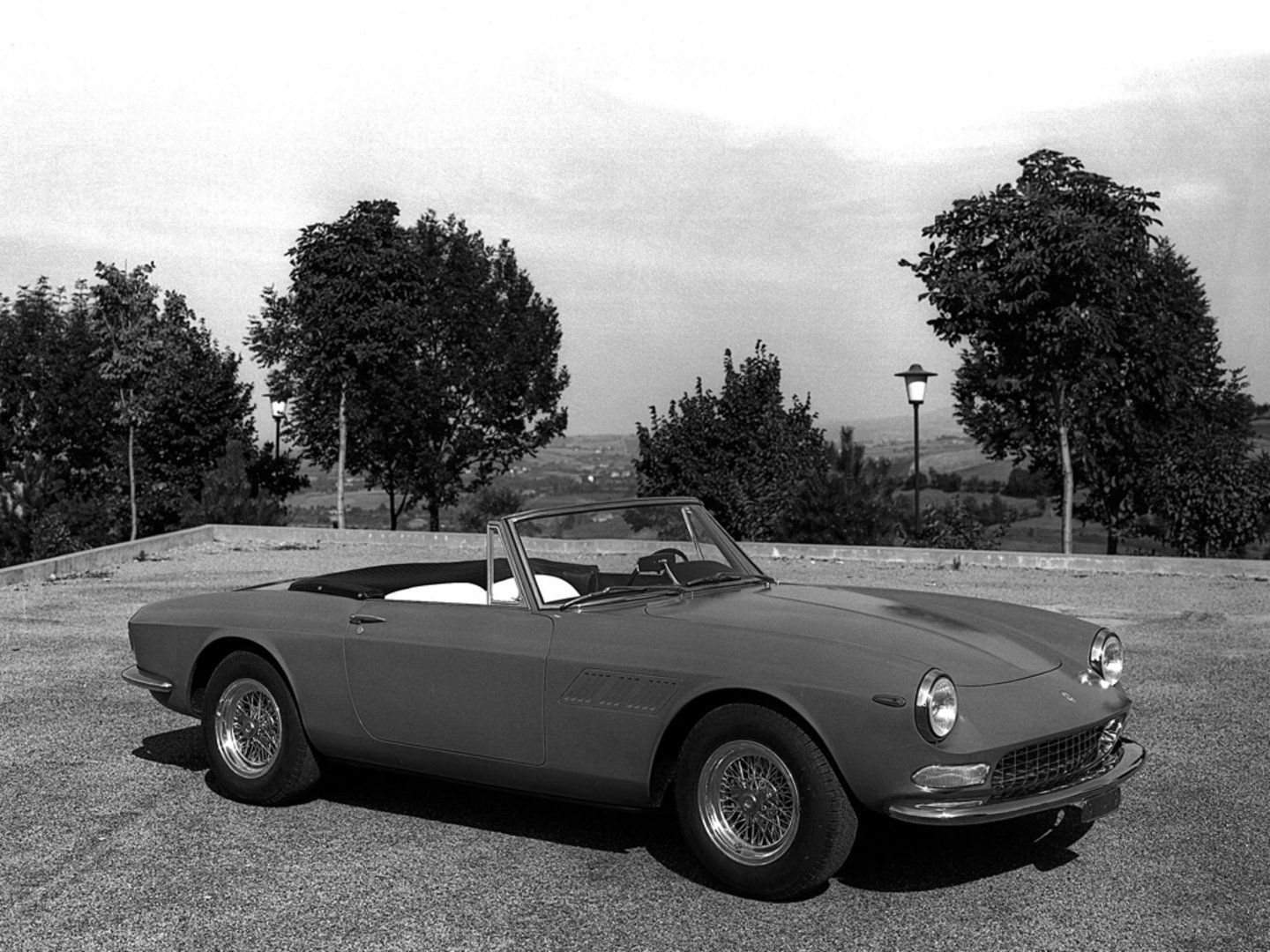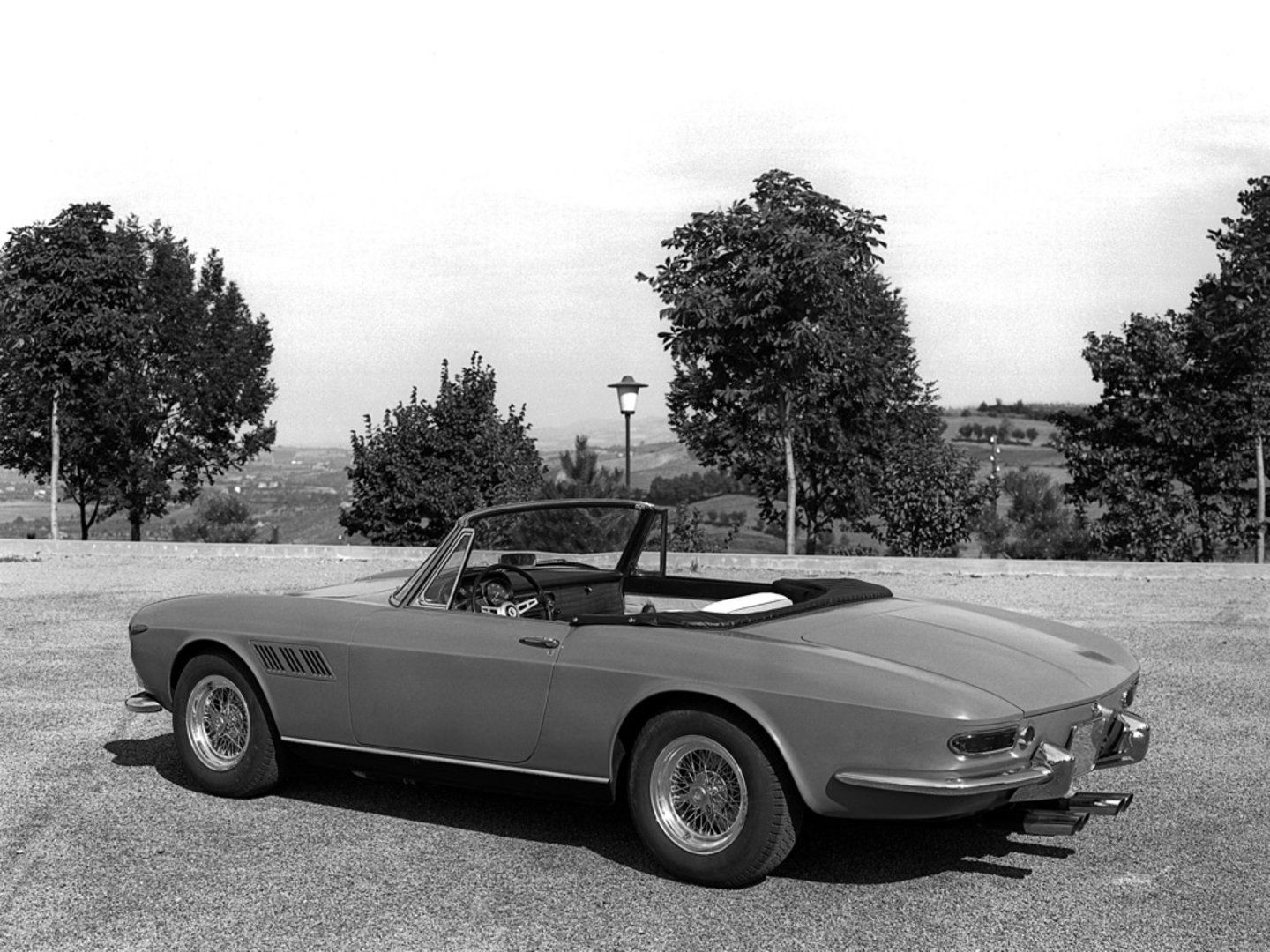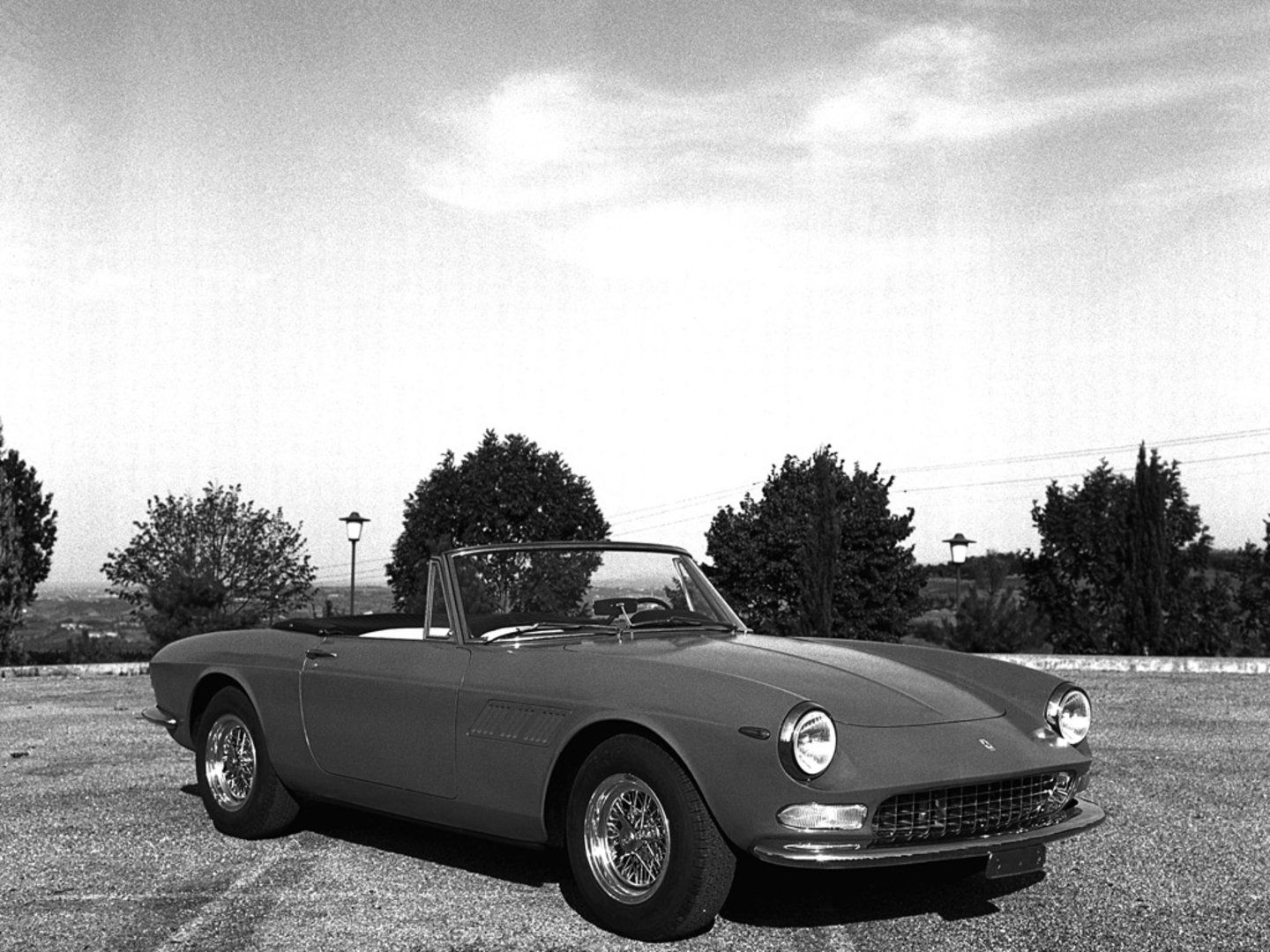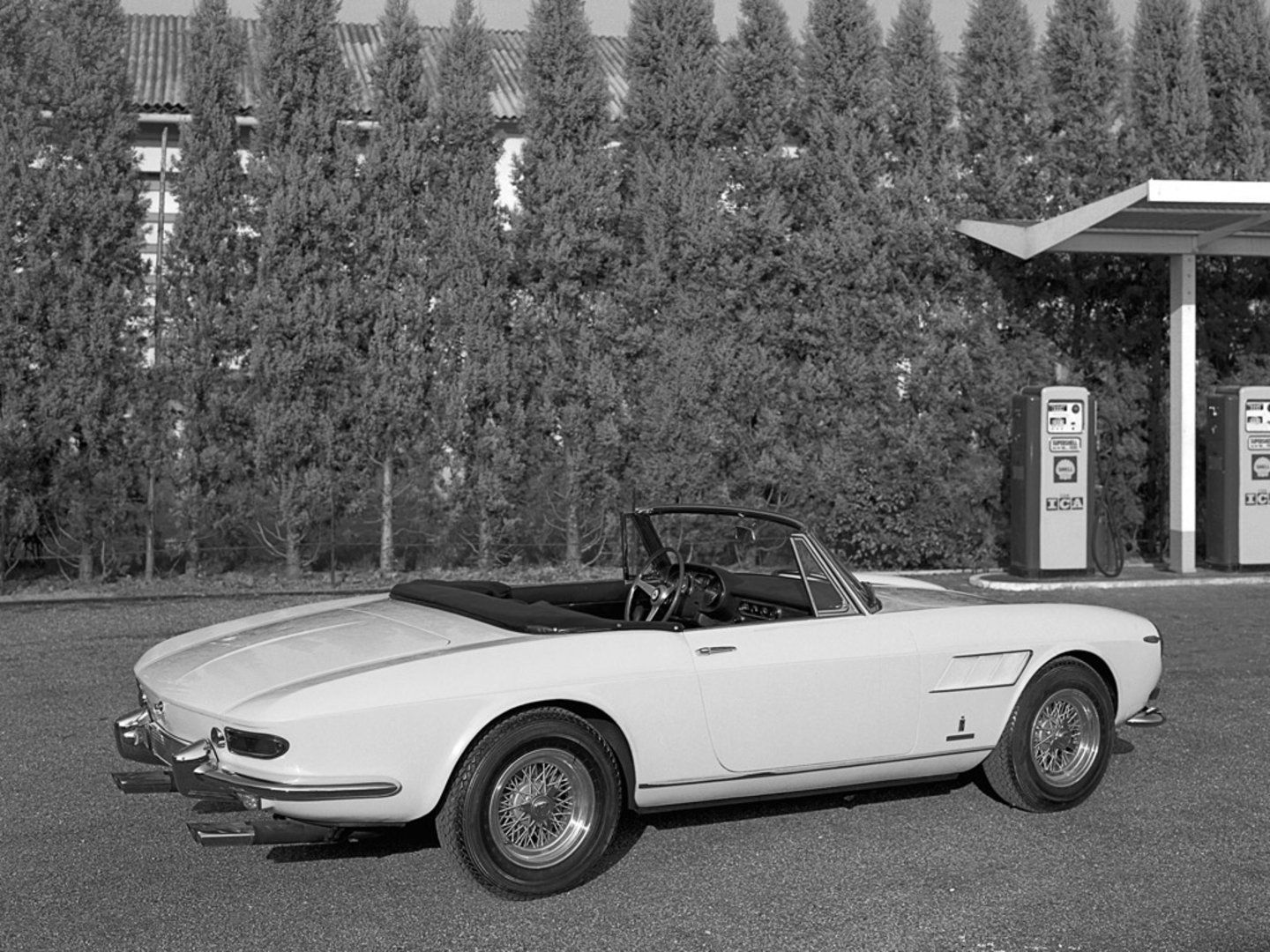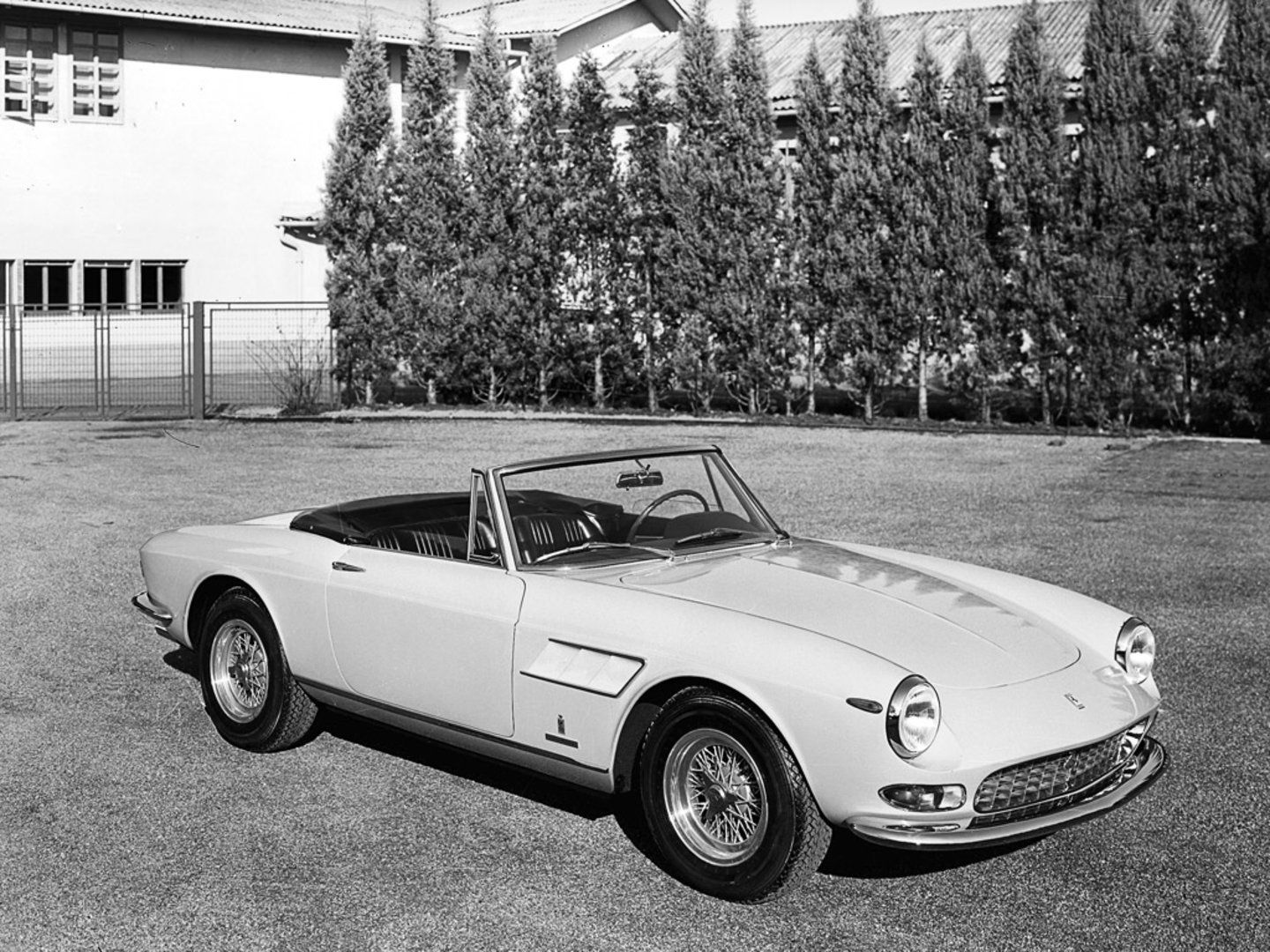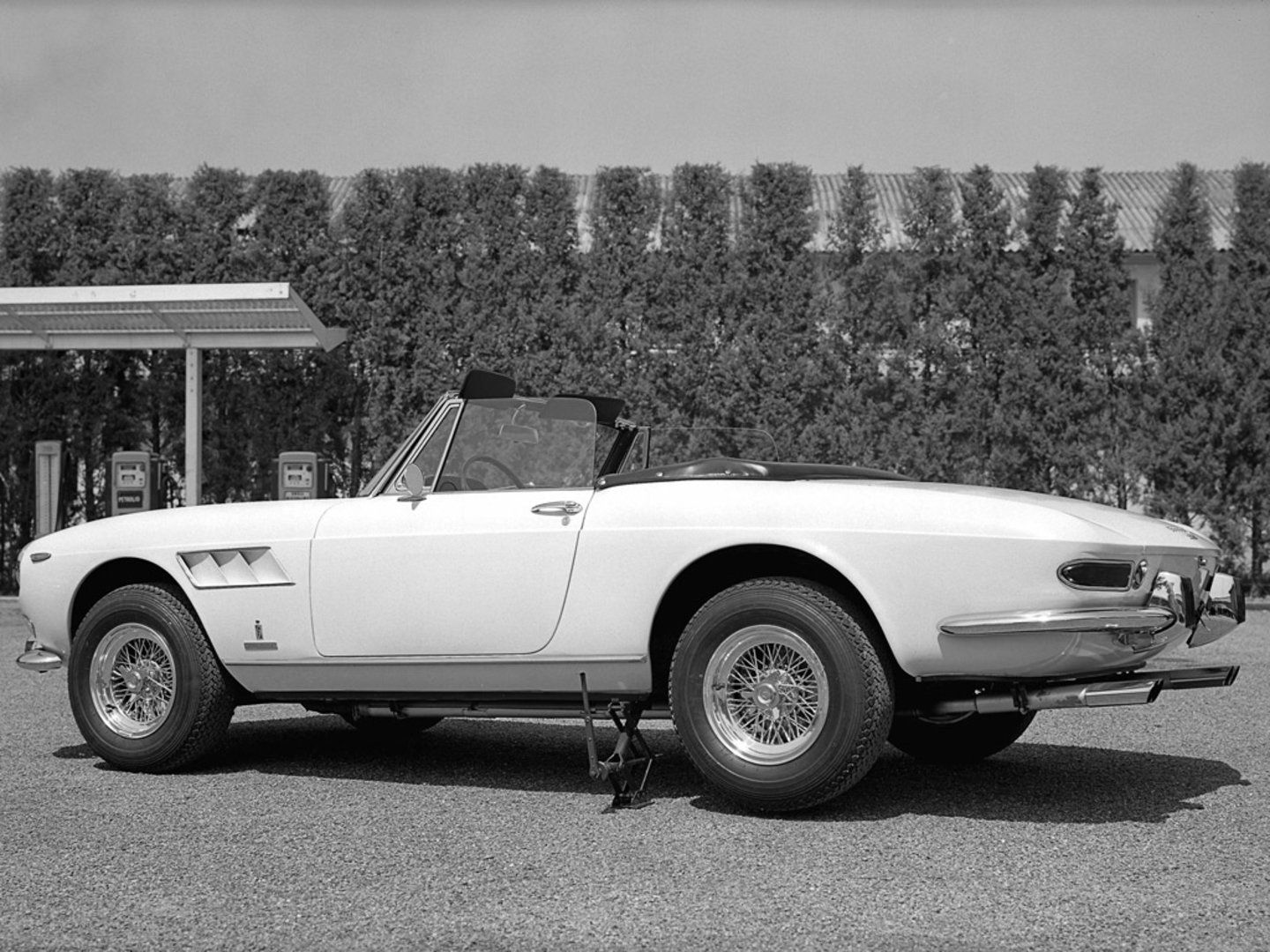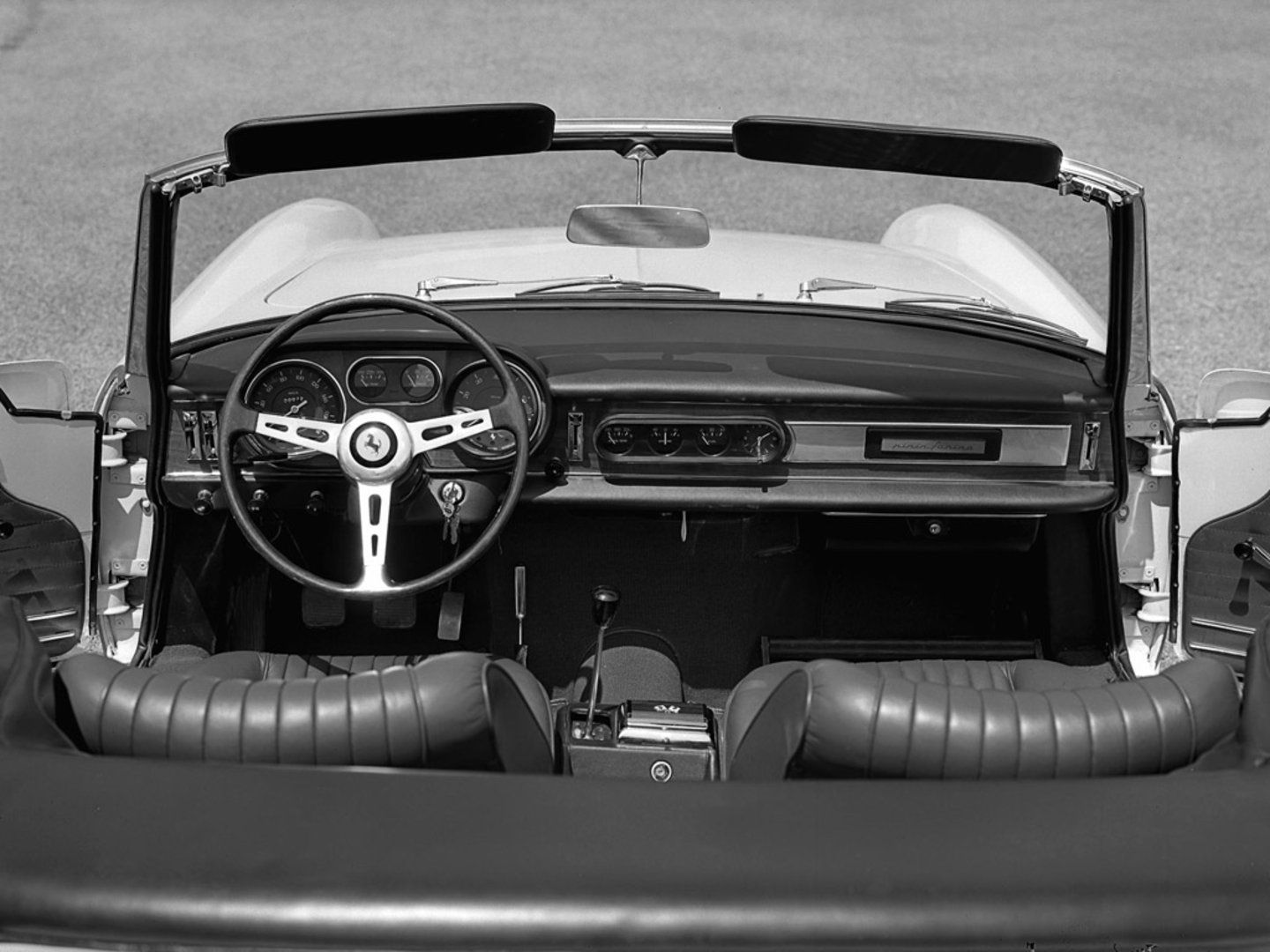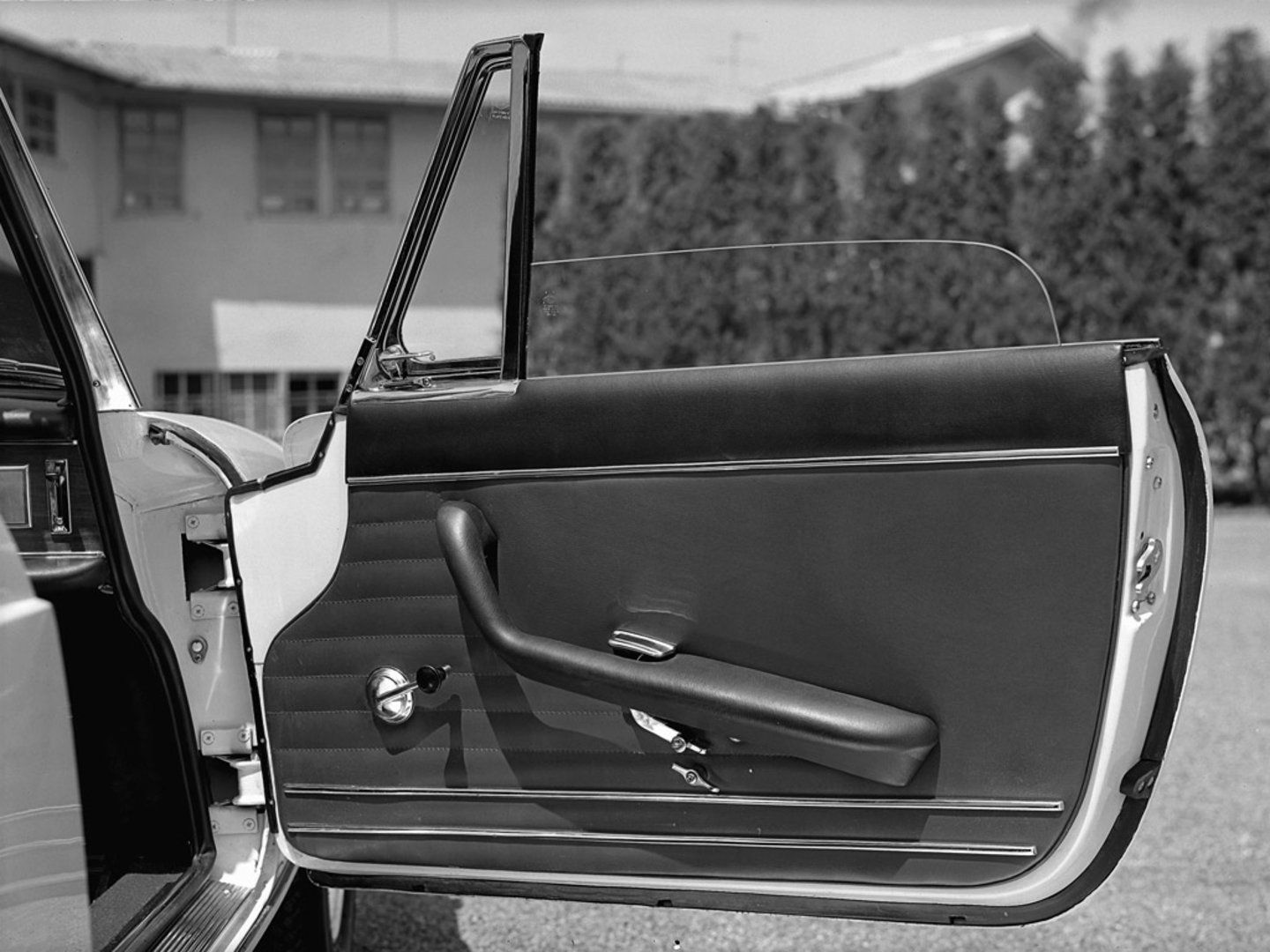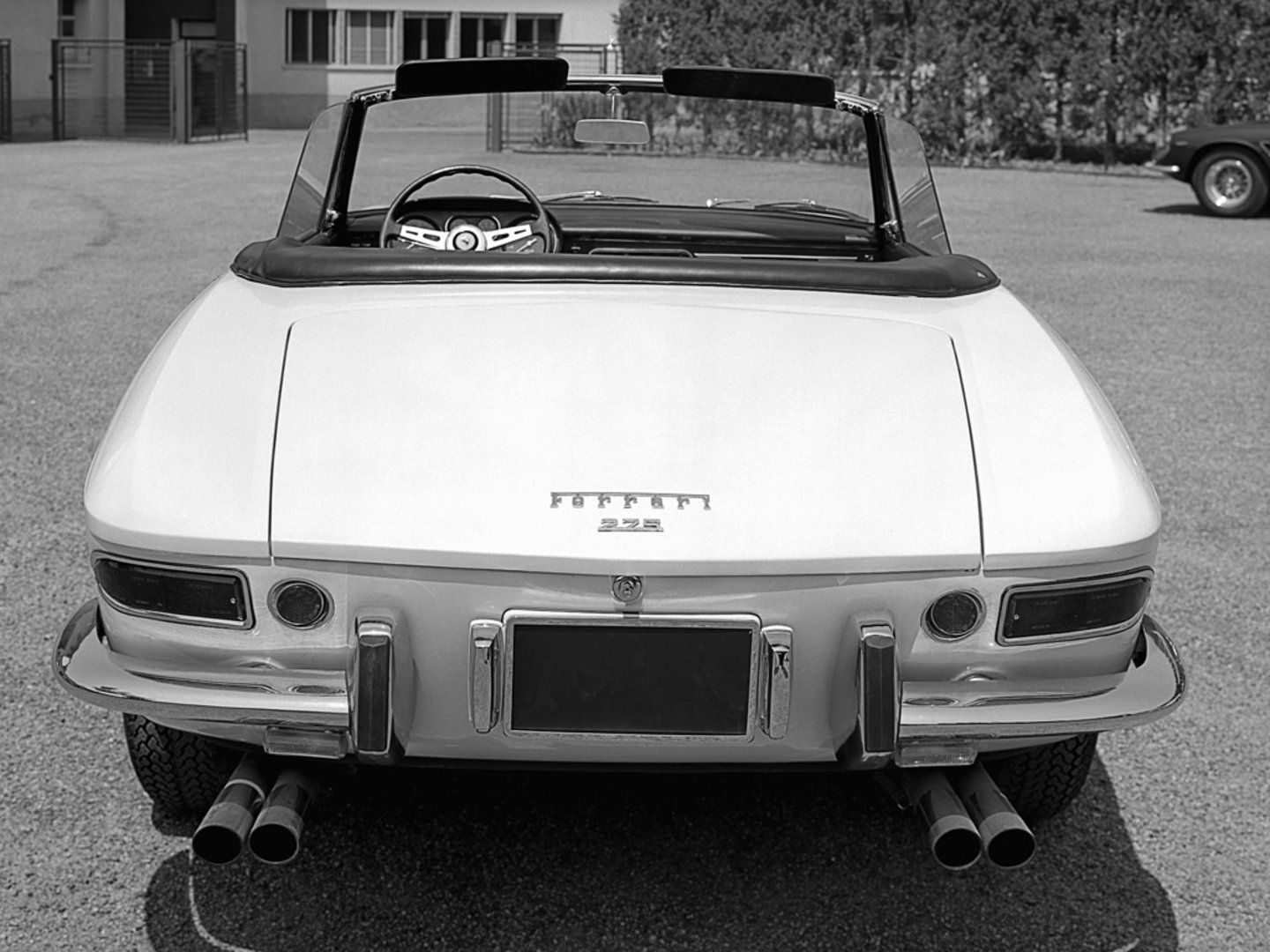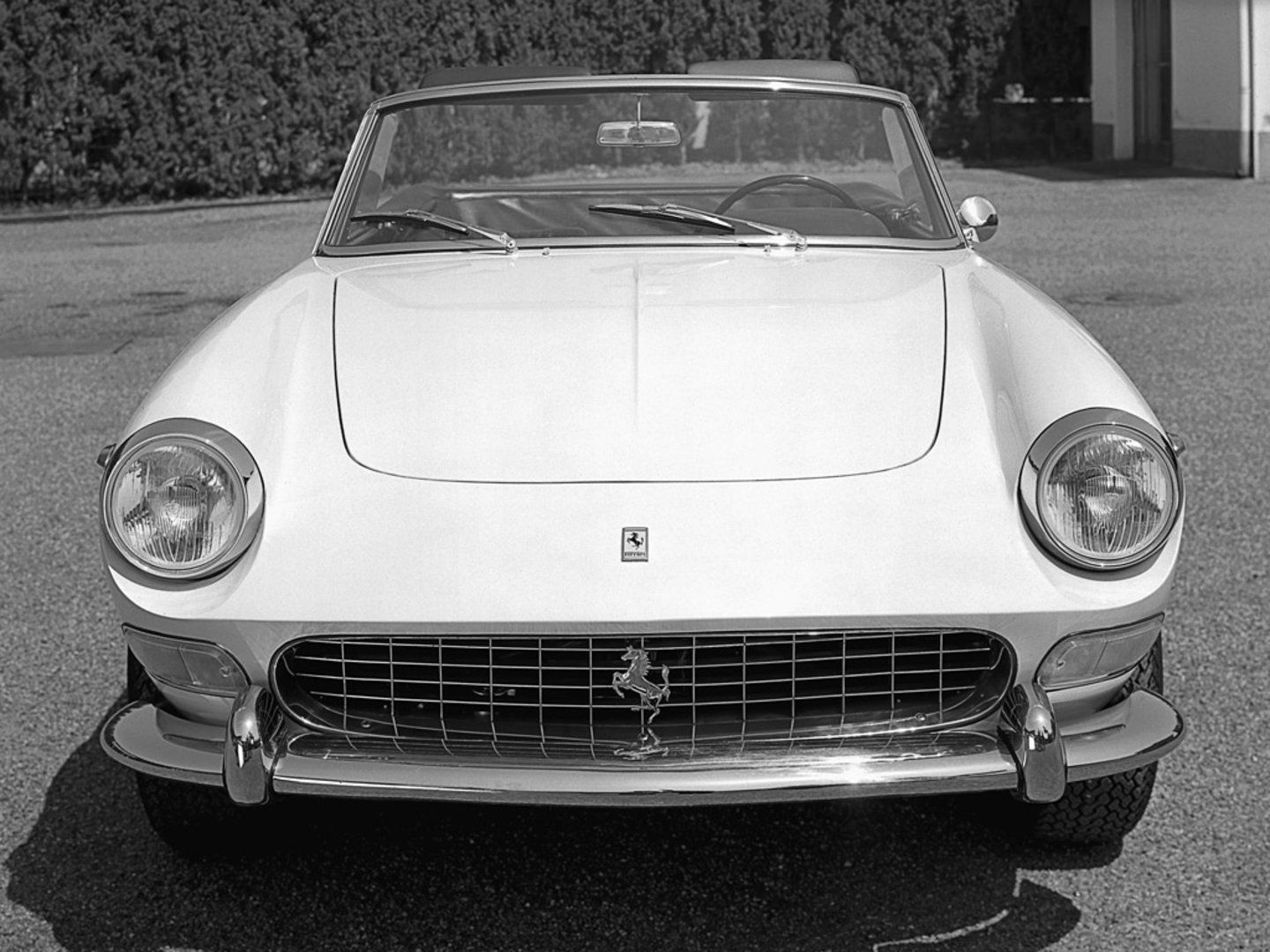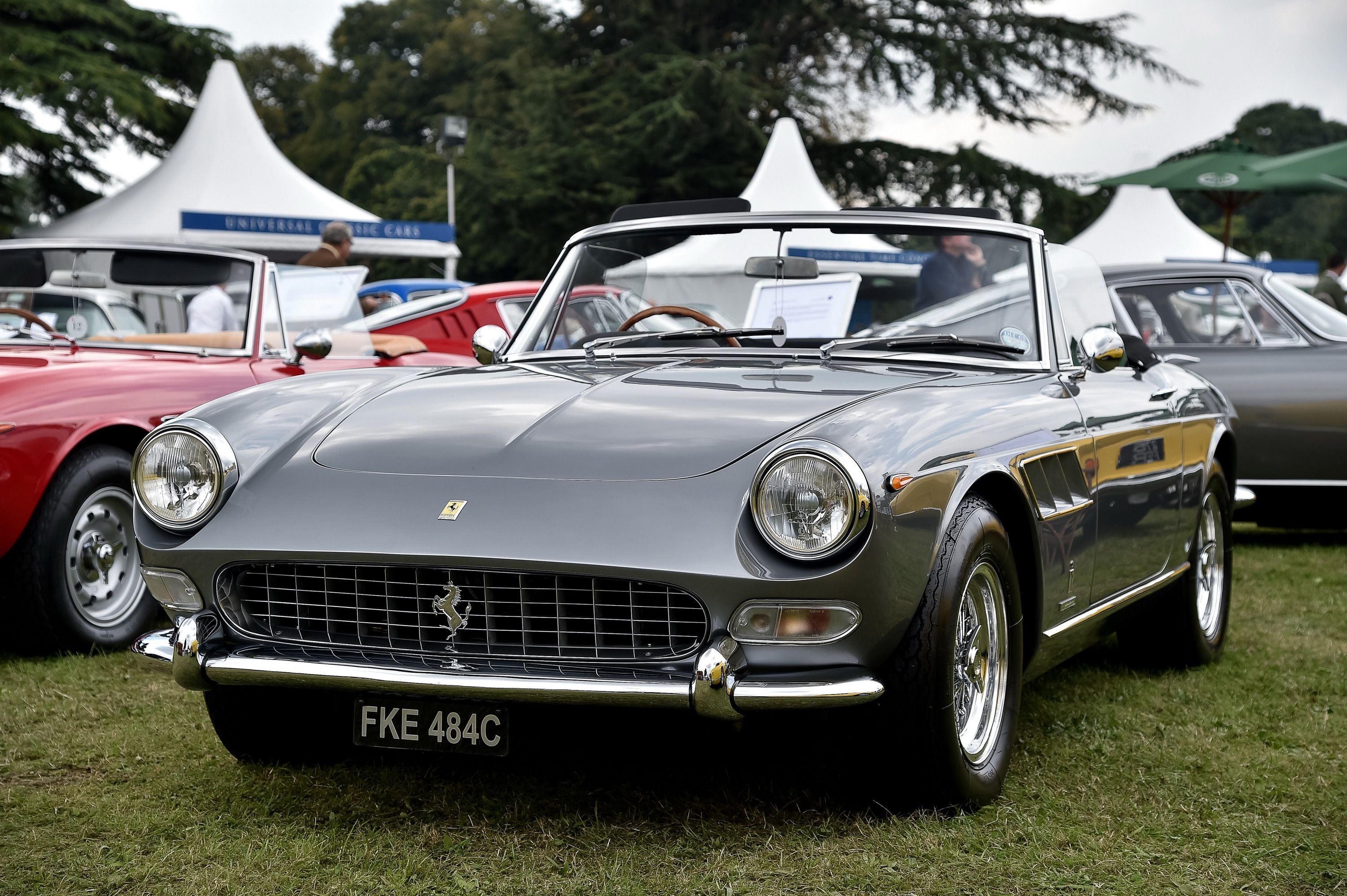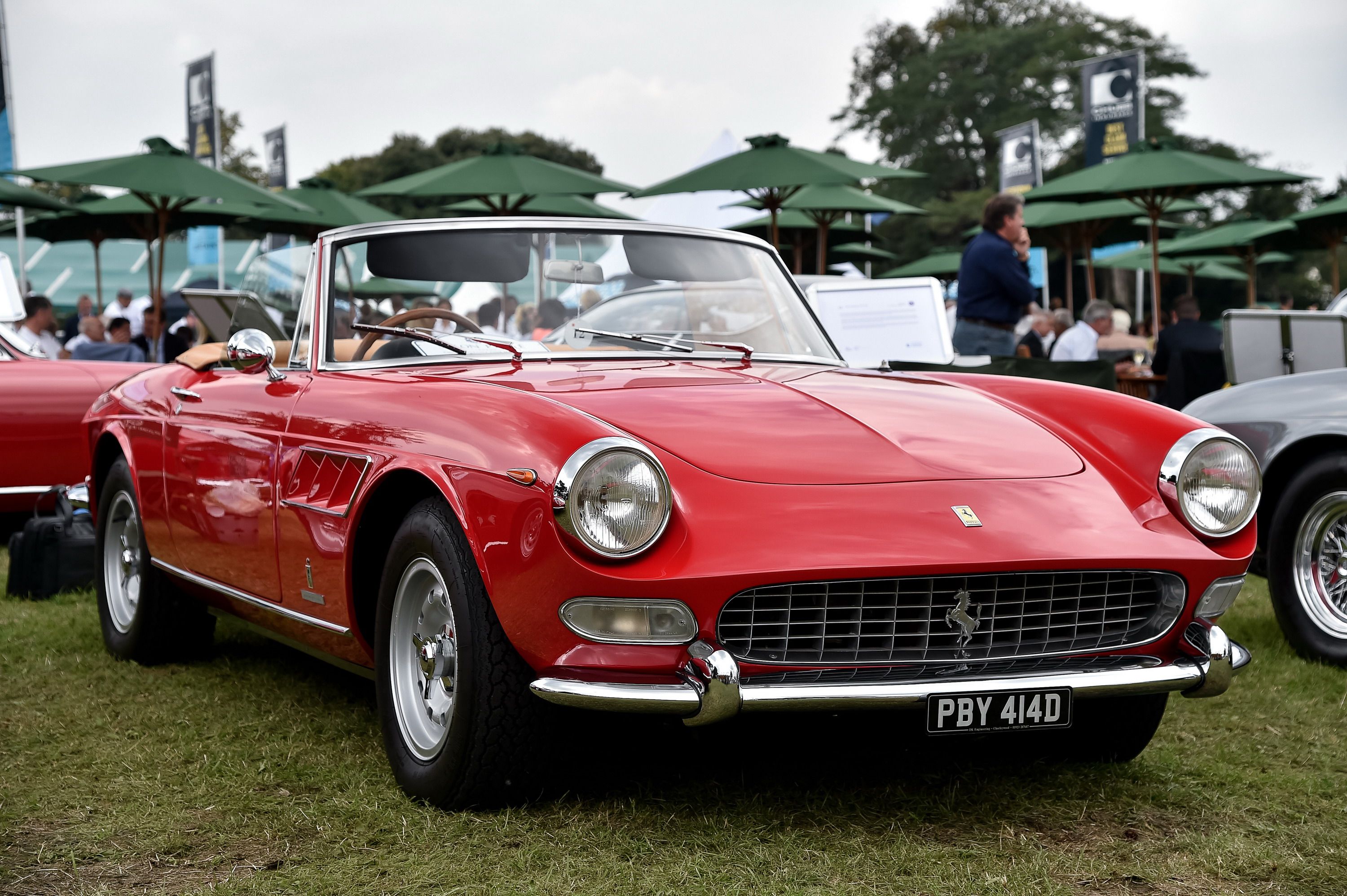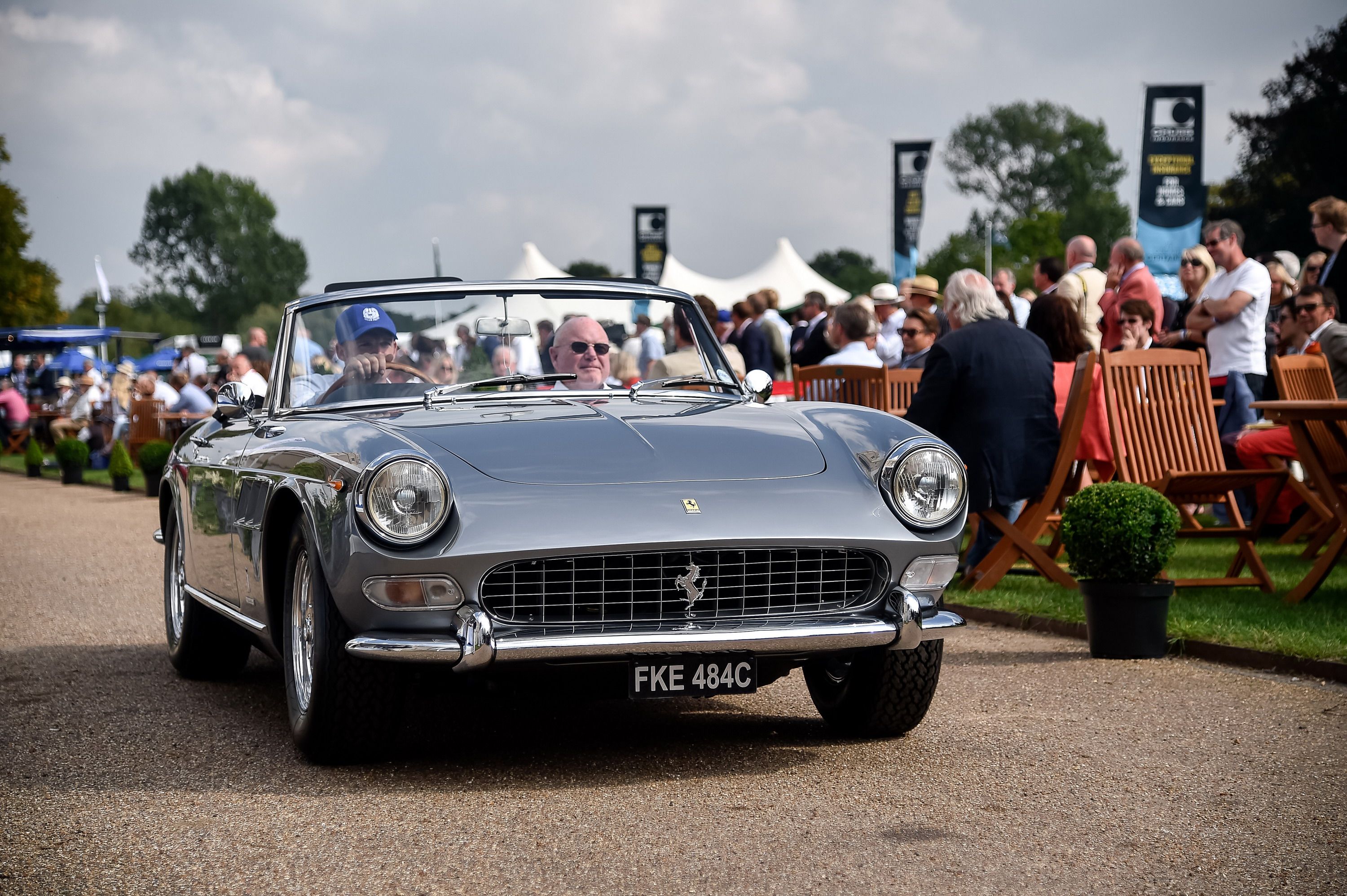In terms of desirability, not much on four wheels can top the Ferrari 250 GT California Spider SWB. So when it came time for Ferrari->ke252 to build a follow up, it had its work cut out for it. The car that resulted was the 275 GTS, a convertible for the American market, despite the word “California” being left out of the name. And in pretty typical Ferrari fashion for the day, the GTS is a different vehicle from anything else with a 275->ke3515 name, with differences going beyond the fact that the roof comes down.
The 275 GTS is based on the 275 GTB, which is about as close to standard as Ferrari nomenclature gets. But not only do the cars appear to be completely different models, they were built for different purposes. The GTB is a sports car,->ke506 and so was the 275 GTB/4 that followed it, but the GTS was treated more as a grand tourer. And like a strangely large number of Ferrari convertibles->ke144 from the era, it was also treated almost as more of a limited production special edition->ke2041 than a full-on production model. Odd when you consider how popular roofless Ferraris would turn out to be later.
Continue reading to learn more about the Ferrari 275 GTS.
1964 - 1966 Ferrari 275 GTS
- Make: Array
- Model: 1964 - 1966 Ferrari 275 GTS
- [do not use] Vehicle Model: Array
Exterior
The look of the 275 GTS is surprisingly different from that of the 275 GTB that debuted at the same time at the 1964 Paris Motor Show. Both were designed by Pininfarina, which isn't unusual, but while the GTB followed the standard formula of actually being built by the Ferrari-owned Scaglietti, the GTS was built in a totally different factory and a totally different company, Pininfarina itself. A couple of easy differences to spot, apart from the obvious one of the roof, are the smaller and higher-up vents in the fenders. The headlights aren't enclosed on the GTS either, and the nose is shorter and more blunt. This is especially true when looking at the 1965 and 1966 models, which in GTB form had an even longer nose.
Exterior Dimensions
|
Length |
4,350 MM (171.25 Inches) |
|
Width |
1,675 MM (65.94 Inches) |
|
Height |
1,250 MM (49.21 Inches) |
|
Wheelbase |
2,400 MM (94.48 Inches) |
|
Front track |
1,377 MM (54.21 Inches) |
|
Rear track |
1,393 MM (54.84 Inches) |
|
Weight |
1,120 KG (2469.17 LBS) |
Interior
Though the 275 GTS has only two seats, just a glace will tell you that it is roomier and better appointed than the 250 it replaced. The dash is bigger and more aesthetically pleasing, and Ferrari finally started putting radios in them with the 275. You'll notice a difference between the seats in the GTS versus those found in the GTB, with the GTS seats being bigger and more heavily padded in comparison to the GTB's bolstered sport seats. This is one of the big reasons why the GTS is seen as a gran tourer and the GTB isn't. Unfortunately, the GTB does have a small parcel shelf behind the seats that is lacking in the GTS, as this is where the roof folds down into.
Drivetrain
All Ferraris from this period used different versions of the Colombo V-12, and all 275s had the same displacement, but not all 275 engines are quite the same. The engine and transmission were both heavily updated in late 1966, and the engine went from a single overhead cam design to a dual overhead cam. The GTS was discontinued at this point, so all GTS models have the SOHC engines, and the name of the GTB was changed for the DOHC redesign to GTB/4. The 275 in the car's name indicates the displacement per cylinder, so the overall displacement of all 275 V-12s is 3.3 liters. The version in the GTS and early GTBs made 260 horsepower and was good for a top speed of 140 mph. There is more noise and vibration from the transmission than in later 275s, as the GTS is from before the redesign, but you shouldn't let this dissuade you from buying one.
Prices
Ferrari's annual production numbers in the mid-'60s were nowhere near what they are today, but for most models, they were still related to the number of cars that Ferrari could sell. This wasn't the case with the 275 GTS, of which just 200 units were produced, obviously a very deliberate number. So the car was and is rare, although the good news for U.S. collectors is that most of them actually did end up being sold here. The average price is currently around $2 million for an example in good condition, and it doesn't drop too much lower than that due to the model's rarity. Only 14 examples were made in right-hand-drive, so you can expect to pay a bit more if you absolutely have to have one of those.
Competition
Bizzarrini Strada
For an Italian grand tourer that is arguably even more exotic looking than the 275, there is the Bizzarrini Strada. With just 133 units produced, it is even more rare than the GTS, although it was the most successful model to ever wear a Bizzarrini badge. The car was powered by a 327 Chevy engine out of the Corvette that produced more horsepower than the V-12 in the 275. Not only that, but the relatively big V-8 produced its power much lower in the rev range, making it an easier car to drive around town.
Read our full review on the Bizzarrini Strada here.
Aston Martin DB5
The DB5 is seen by most as the quintessential classic Aston Martin. The James Bond films had a lot to do with that, but the DB5 was completely deserving of every bit of the fame. It was available as a coupe, a convertible, a competition-focused version, and even a small number of shooting brakes. The convertible is slightly more rare than the 275 GTS and worth about as much, thanks to it being such a very cool car.
Read our full review on the Aston Martin DB5 here.
Conclusion
Steve McQueen had a Ferrari 275. It wasn't a GTS, but still, the King of Cool had a 275. It was exceptionally good, and even though some don't want to hear it, it was an improvement over the 250. It is also always a good thing when a manufacturer completely redesigns a body for a convertible model, instead of just sawing the roof off of the hardtop, and the GTS is a solid argument in favor of this approach. Even the interior is a big step in the right direction for a grand tourer, and it's a shame that the 275 has to live in the shadow cast between the 250 and the 365, two giants of the classic car world.


